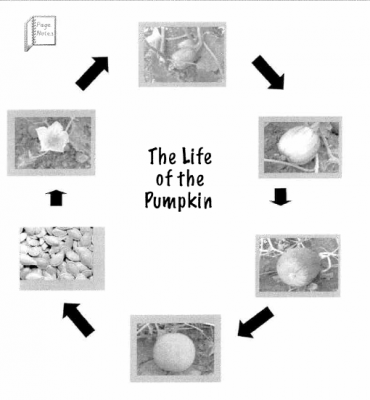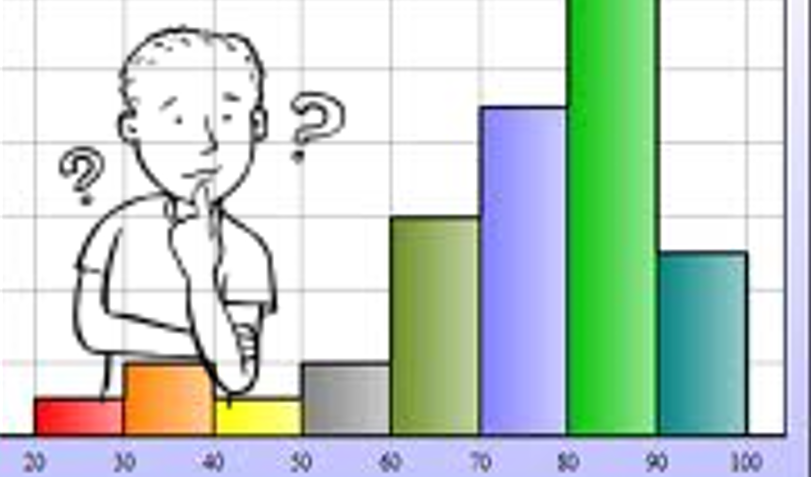Submitted by: Shari West
Collaborators: Karen Shaia
School: Tuckahoe Elementary School
Summary
As part of an integrated curriculum, students will combine reading/language arts/oral language skills, research of life processes, math, creative expression, and collaboration/exploration with a pumpkin theme. Students will research the life cycle of a pumpkin, the needs of plants as they grow, and the many uses of a harvested pumpkin such as food and decoration. Our integrated pumpkin unit will span a three week time frame, beginning with a field trip to Lewis Ginter Botanical Garden to learn about Fall Harvest and the life needs of plants. The unit culminates in a “Pumpkin Festival”, to be held with students and parent volunteers, in which students will explore the parts of a pumpkin, measure and estimate the seeds in pumpkins, students will paint their own mini pumpkins, students will experiment with pumpkin playdoh, and taste pumpkin foods.
This lesson describes station rotations at the beginning of the unit, inspired by the seasonal story Spookly, the Square Pumpkin. Students will collaborate to design virtual pumpkins on Starfall.com. Students will utilize promethean interactive technology to collectively research and illustrate the life cycle of the pumpkin plant. Students will use knowledge of shapes and colors to create a unique pumpkin in Children’s Engineering to add to a classroom display. Students will use IPads, and the story Maria Counts Pumpkins in reading groups, practicing number words and making text to self connections in story.
TIPC Ratings
Approaching: This lesson falls in the low-end of the approaching domain of the TIP-C. Students are constructing their own questions to guide their research and are utilizing a variety of resources (field trip, hands-on exploration, digital resources, print resources) to locate information about pumpkins. The information was assembled and organized to address the authentic task of a parent presentation.
Approaching: This lesson falls in the low-end of the approaching domain of the TIP-C. Students worked in teacher-defined groups due to the developmental stage of the students. They did use appropriate digital tools to collaborate on tasks and communicated as a team to complete authentic tasks.
Approaching: This lesson falls in the high-end of the approaching domain of the TIP-C. Students generated and responded to purposeful questions as well as justified their decision-making and problem-solving practices. They solved open-ended tasks that required higher-order thinking skills.
Approaching: This lesson falls in the low-end of the approaching domain of the TIP-C. Students were presented with multiple opportunities throughout the station rotations to create meaningful original work that was a new solution to an authentic task.






